Ever wonder if your feline friend’s gorgeous coat holds secrets about their inner world? You’re not alone. From ancient folklore to modern science, humans have long speculated about the mysterious connection between a cat’s appearance and their personality. While your sleek black cat might seem more enigmatic than your orange tabby buddy, the truth about coat color and personality is far more fascinating than old wives’ tales suggest.
Research is finally catching up to what many cat owners have suspected all along. Scientists are discovering intriguing patterns between coat colors and behavioral traits, though the picture is more complex than simply matching colors to personalities. Let me take you on a journey through the colorful world of feline psychology, where genetics, perception, and genuine feline quirks collide.
The Science Behind Feline Color Psychology
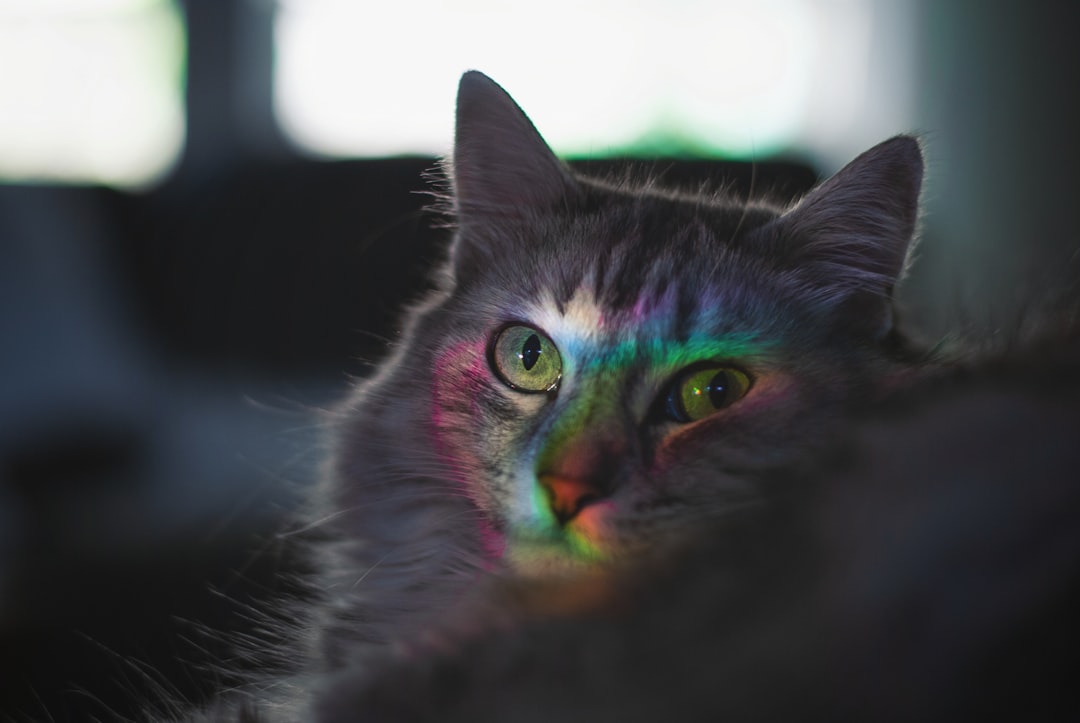
Studies have suggested that gray cats may score higher for being shy, aloof, and intolerant, while orange cats often receive high marks for being trainable, friendly, and calm. Research involving cat owners has challenged many assumptions we’ve held about our furry companions.
Researchers at UC Davis conducted a comprehensive study on coat color and behavior, surveying cat owners who were unaware of the study’s purpose. What they discovered was both surprising and enlightening. The analysis revealed that tortoiseshell and calico cats were more likely to display aggressive behaviors such as hissing, scratching, swatting, and biting.
Yet here’s where it gets interesting. Despite these patterns, scientists found no statistically significant differences in personality traits when comparing groups based on coat color, with recent studies suggesting there may be no relationship between cat coat color and behavior. This contradiction highlights the complexity of feline psychology and the role human perception plays in our understanding of cats.
Orange Cats: The Gentle Giants of the Feline World
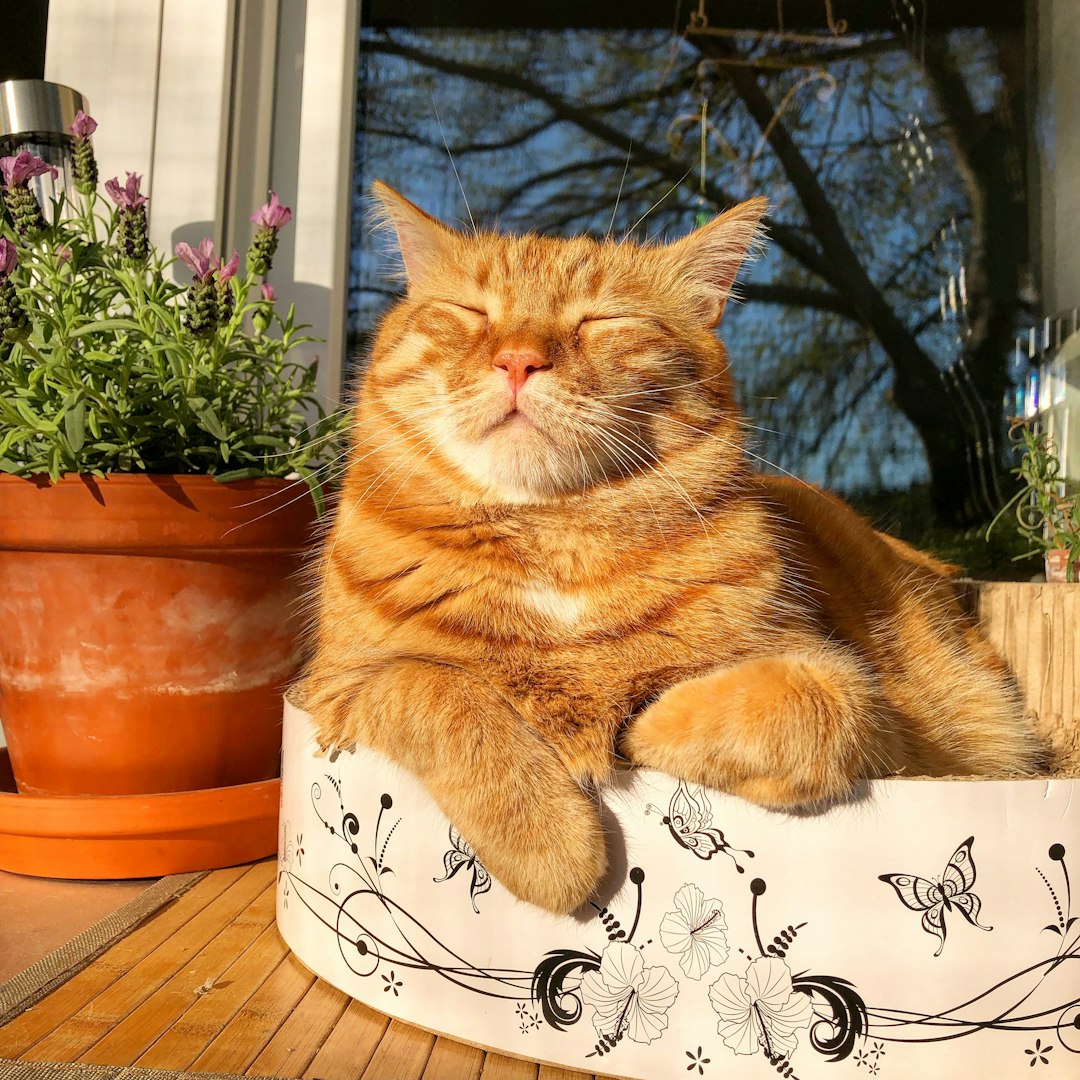
Orange cats have earned a reputation as the golden retrievers of the cat kingdom, and science might actually back this up. Studies consistently show that orange cats receive the highest scores for being trainable, friendly, and calm. These sunny-colored felines seem to embody warmth in both appearance and personality.
Ginger cats are often very active and social creatures who enjoy being around people and other animals, and they love to play, making them great companion animals. However, they maintain their independence too. They can be quite independent and often prefer to do things their way, so if you’re looking for a cuddly lap cat, a ginger cat may not be the best choice.
The genetics behind orange cats adds another layer to their personality puzzle. The vast majority of solid orange cats are male, which raises questions about whether their friendly reputation stems from coat color or gender differences. This biological quirk makes orange cats particularly fascinating subjects for personality research.
Gray Cats: The Mysterious Introverts
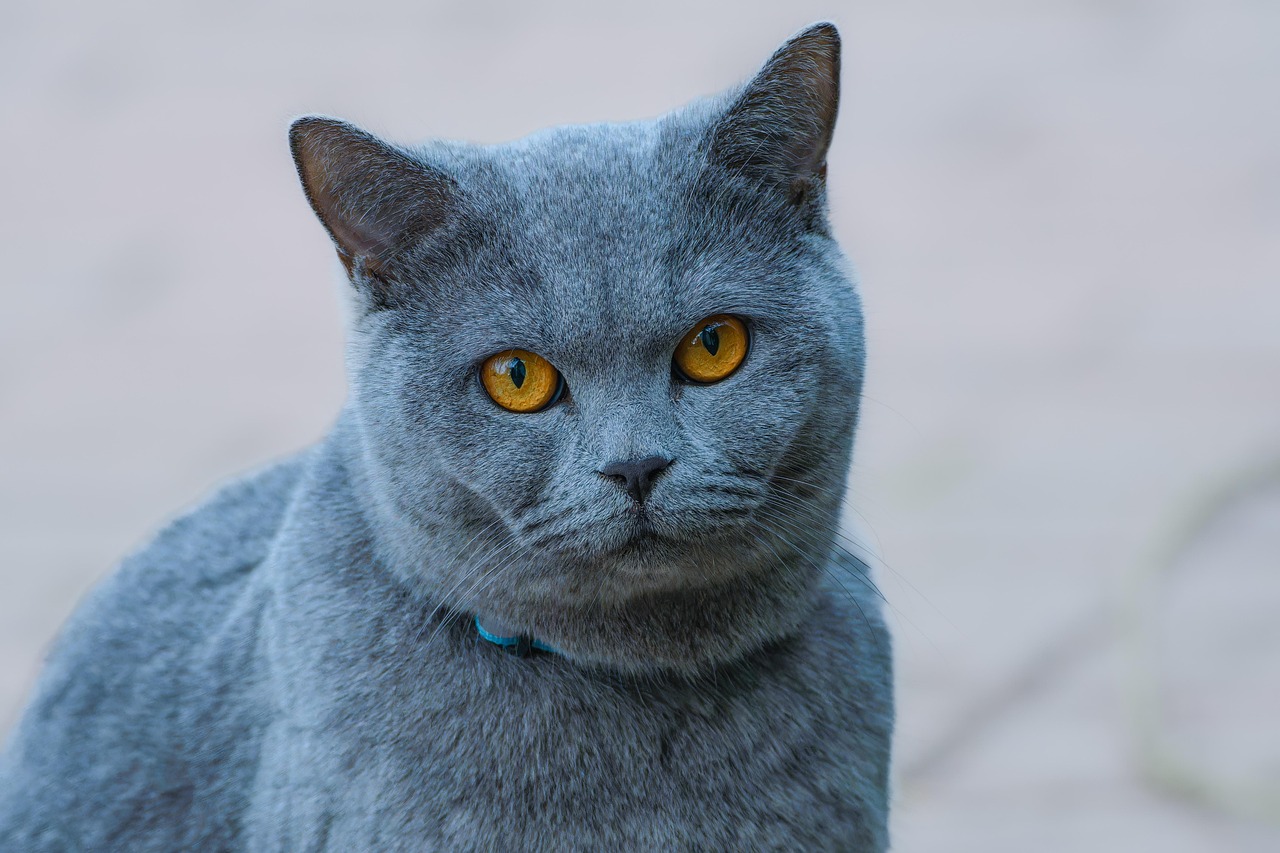
Gray cats often get labeled as the quiet philosophers of the feline world, and research suggests there might be truth to this stereotype. Gray cats consistently score highest for being shy, aloof, and intolerant in personality assessments. These silvery beauties seem to approach life with a more reserved and contemplative attitude.
Grey tabbies are thought to be calmer and more amicable than their brown counterparts. This suggests that even within color categories, subtle variations can influence personality traits. Gray cats often form deep bonds with their chosen humans but may take longer to warm up to strangers.
The dilution gene that creates gray coloring might play a role in temperament. Cats with lighter coat colors all carry the dilution gene, though conflicting information exists about whether these cats are mischievous and frantic or laid back and mellow. This genetic factor could potentially influence neurological development and behavior patterns.
Tortoiseshell and Calico Cats: The Feisty Divas
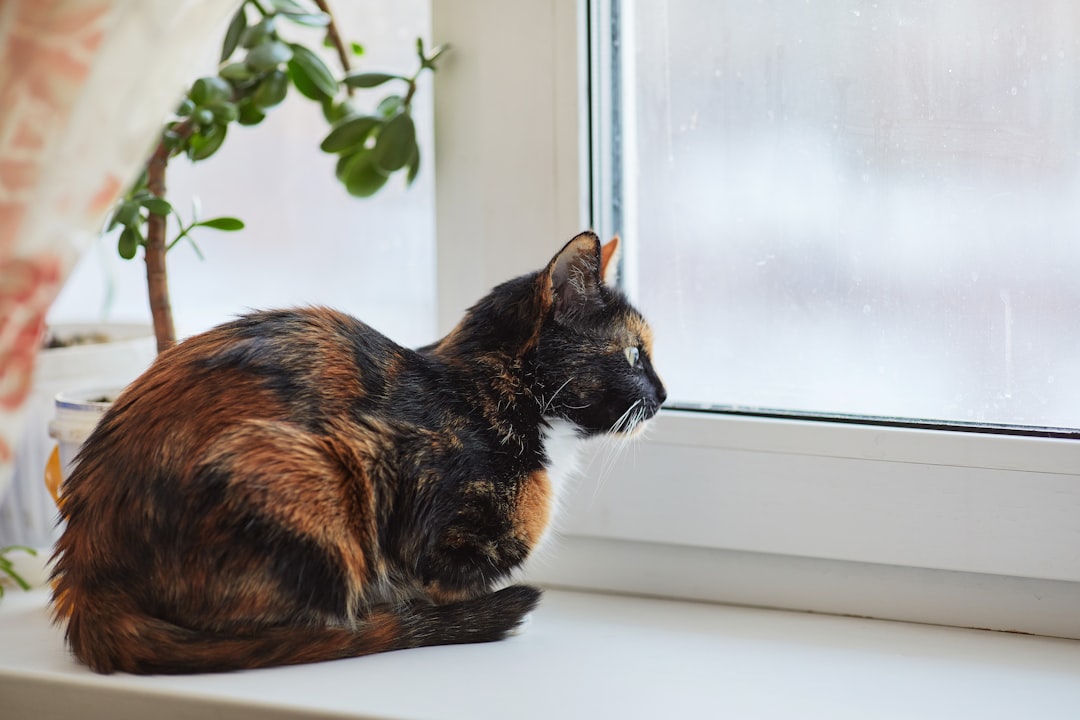
Tortoiseshell and calico cats have earned nicknames like “tortitude” for good reason. Research indicates that tortoiseshell and calico cats were more likely to display a range of aggressive behaviors such as hissing, scratching, swatting, and biting. These multicolored beauties don’t shy away from expressing their opinions.
Calico cats tend to be very independent and headstrong, displaying high intelligence and often seeming to have a mind of their own. Their strong-willed nature makes them fascinating companions who know exactly what they want and aren’t afraid to communicate it.
Research shows that tricolor cats score highest for being stubborn. This stubbornness isn’t necessarily negative – it often translates to confidence and determination. Tortoiseshell cats are known for their distinct fur patterns and fiery personalities, often described as sassy and independent, with strong-willed natures and high intelligence.
Black Cats: Breaking the Superstition Barrier
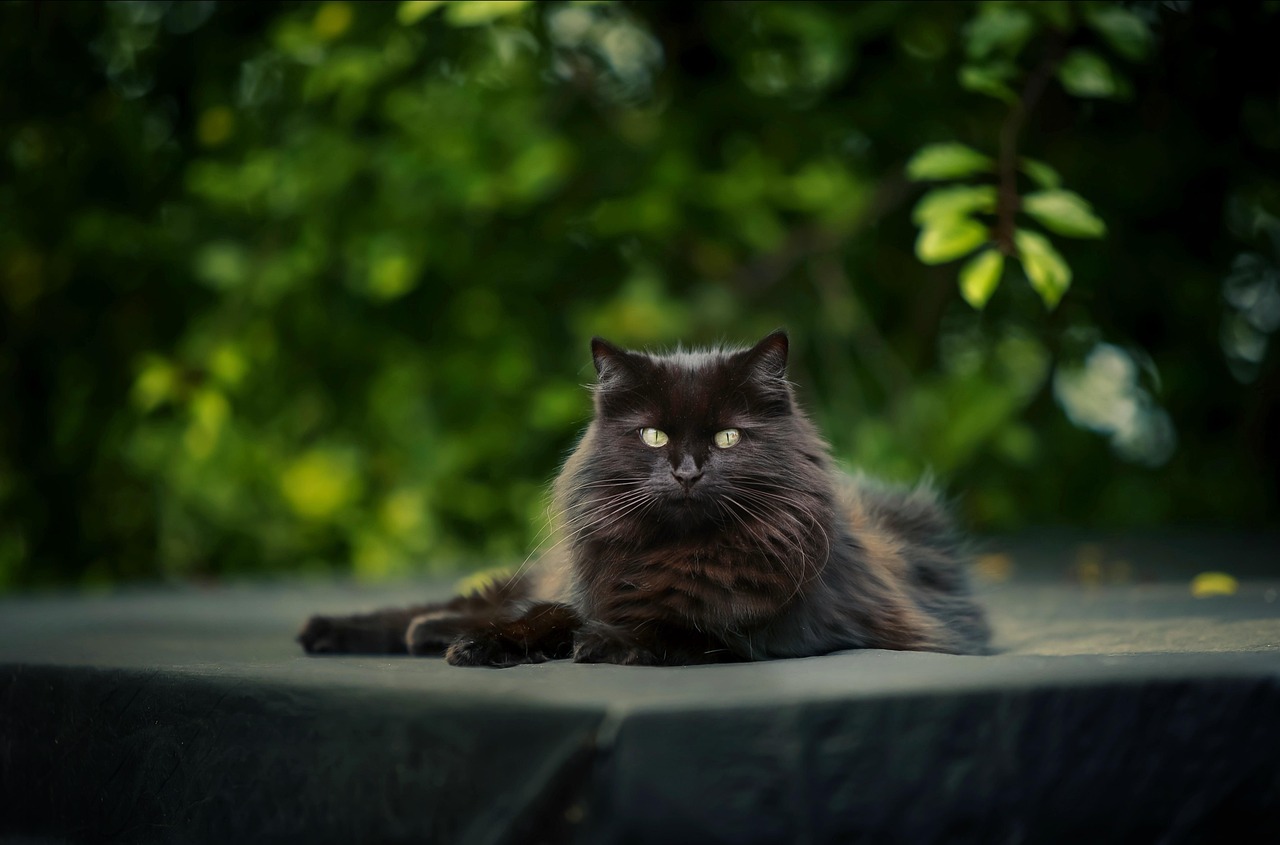
Black cats have suffered from centuries of superstition, but modern research reveals a different story about their personalities. Studies show that black cats are no more likely to be “bad” than any other cat color, tending to be just as friendly and affectionate as their lighter-colored counterparts.
Black cats make great companions and are very loyal to their humans, bonding closely with them and enjoying spending time curled up in their lap. Far from being aloof or mysterious, many black cats are actually quite social and loving.
Black cats tend to display fewer unusual personality traits, leading some owners to call them mysterious. However, data for black cats shows muddier results with no clear trends emerging in personality assessments. This suggests that black cats might have the most varied personalities within their color group, making each individual truly unique.
White Cats: The Serene Aristocrats
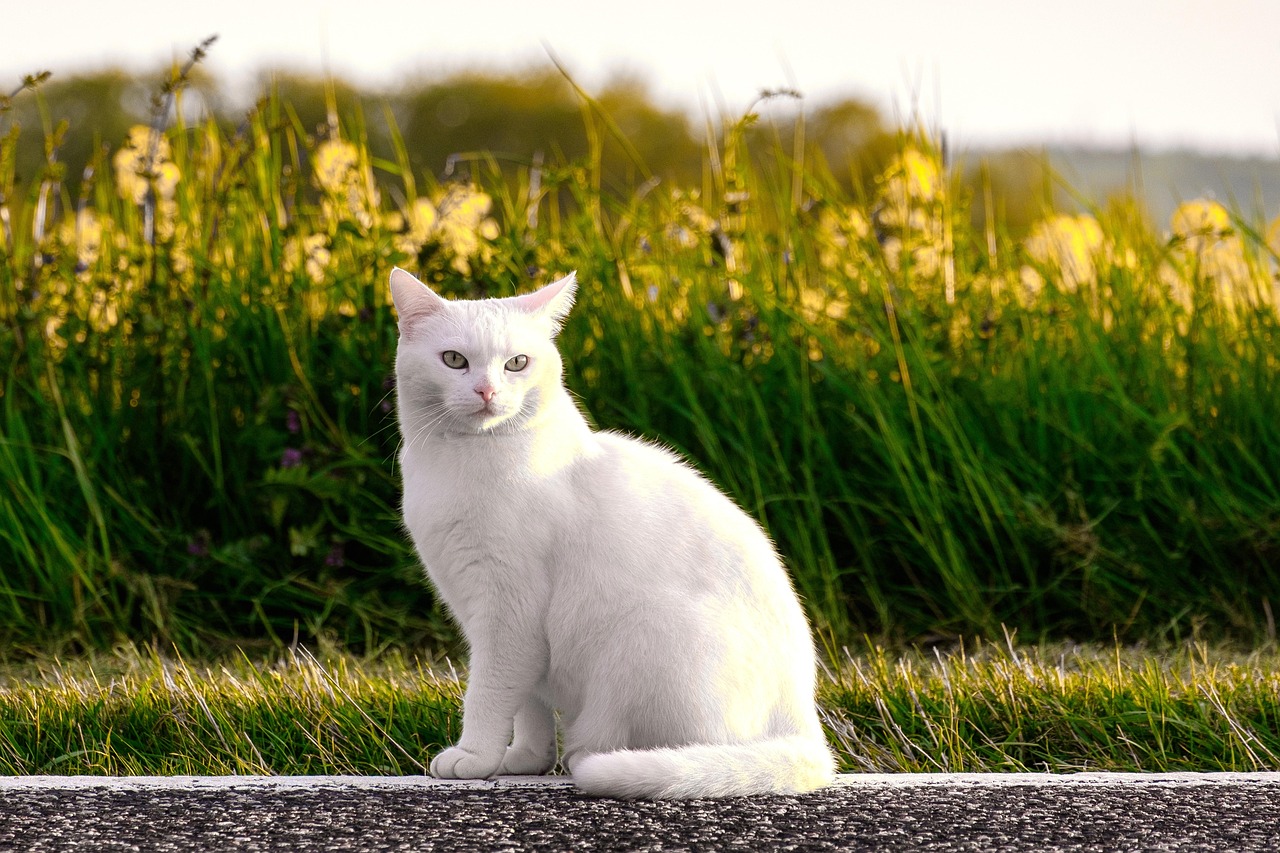
White cats often embody elegance and serenity, though their personalities can be more complex than their pristine appearance suggests. White cats are known for their calm and gentle nature and their love for attention, tending to be very affectionate and enjoy snuggling up with their owners, though they can also be quite independent and enjoy their alone time.
Although survey results claimed that white cats were thought to be aloof and not as friendly, many people claim that a white coat evokes a perceived personality of calmness and shyness. This contradiction highlights how human perceptions can vary widely about the same coat color.
Research indicates that white cats were considered aloof, as well as shy and calm. These seemingly contradictory traits actually make perfect sense – white cats often observe before engaging, leading to perceptions of aloofness when they’re simply being cautious and thoughtful.
Tabby Cats: The Social Adventurers
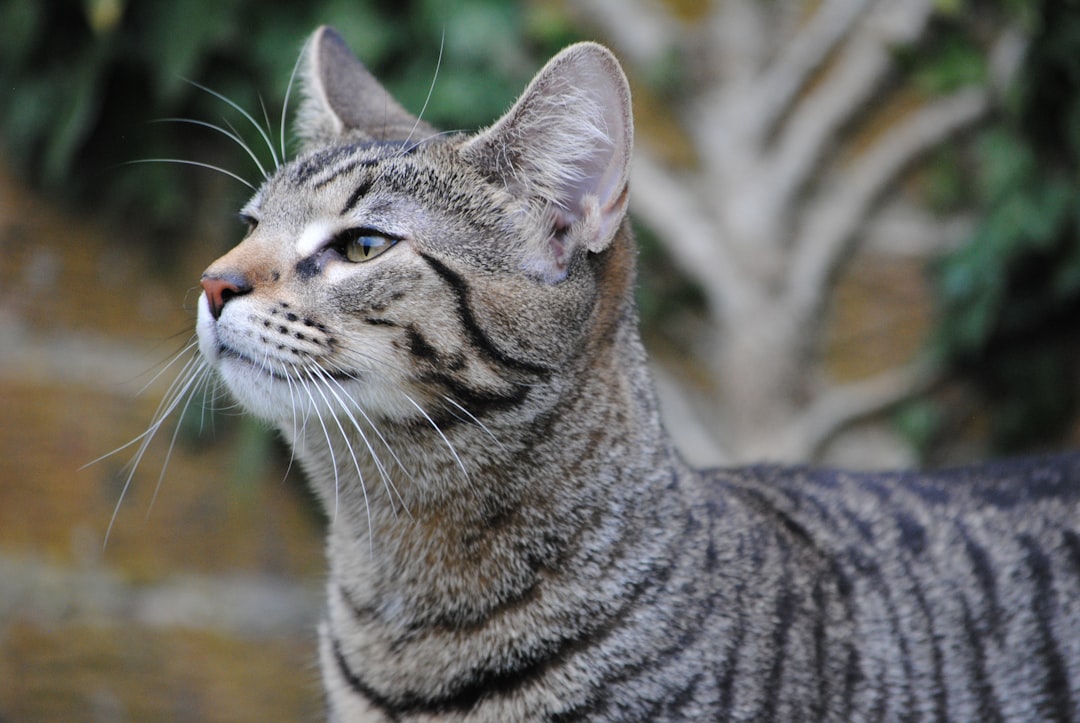
Tabby cats bring energy and enthusiasm to every room they enter. Studies show that tabbies score highest for being bold and active. These striped beauties seem to approach life with confidence and curiosity that’s hard to resist.
Tabby cats are known for being sociable and often crave human interaction, are playful and always ready for a good game, and are also known to be intelligent, curious, and loyal. Their engaging personalities make them excellent family cats who thrive on interaction and mental stimulation.
Tabbies come in various brown, gray, or ginger coats with characteristic striped markings, and some think the brown tabby personality is feisty, perhaps because their camouflage is similar to their wild ancestors. This connection to their wild heritage might explain their adventurous and bold nature.
Bicolor Cats: The Diplomatic Peacekeepers
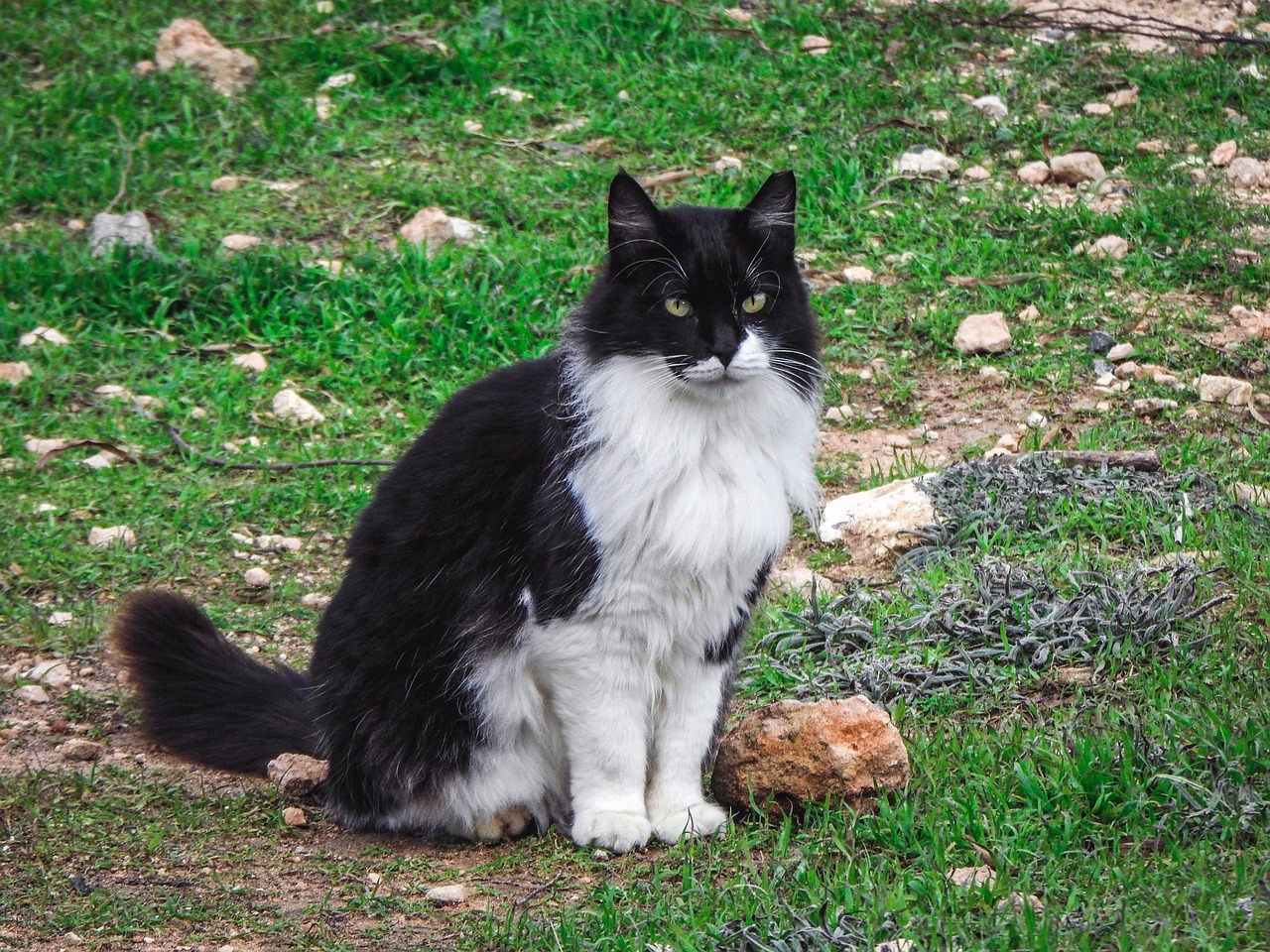
Bicolor cats seem to bridge different personality traits, creating balanced and adaptable companions. Research indicates that bicolor cats score highest for being tolerant. This tolerance makes them excellent cats for multi-pet households and families with children.
Bi-colored cats, which could have been any color combination in participants’ minds, were thought to be friendly. Their mixed coloring seems to create cats with mixed but generally positive personality traits. Surprisingly, researchers found that black and white and gray and white cats also showed increased likelihood of aggressive behavior, while pet parents of solid-colored cats reported fewer instances of aggression.
Tuxedo cats, classic black-and-white cats, are some of the smartest, most independent felines around and are considered the class clowns of the cat world. Their formal appearance combined with playful personalities creates delightfully entertaining companions.
The Genetics Behind Feline Behavior
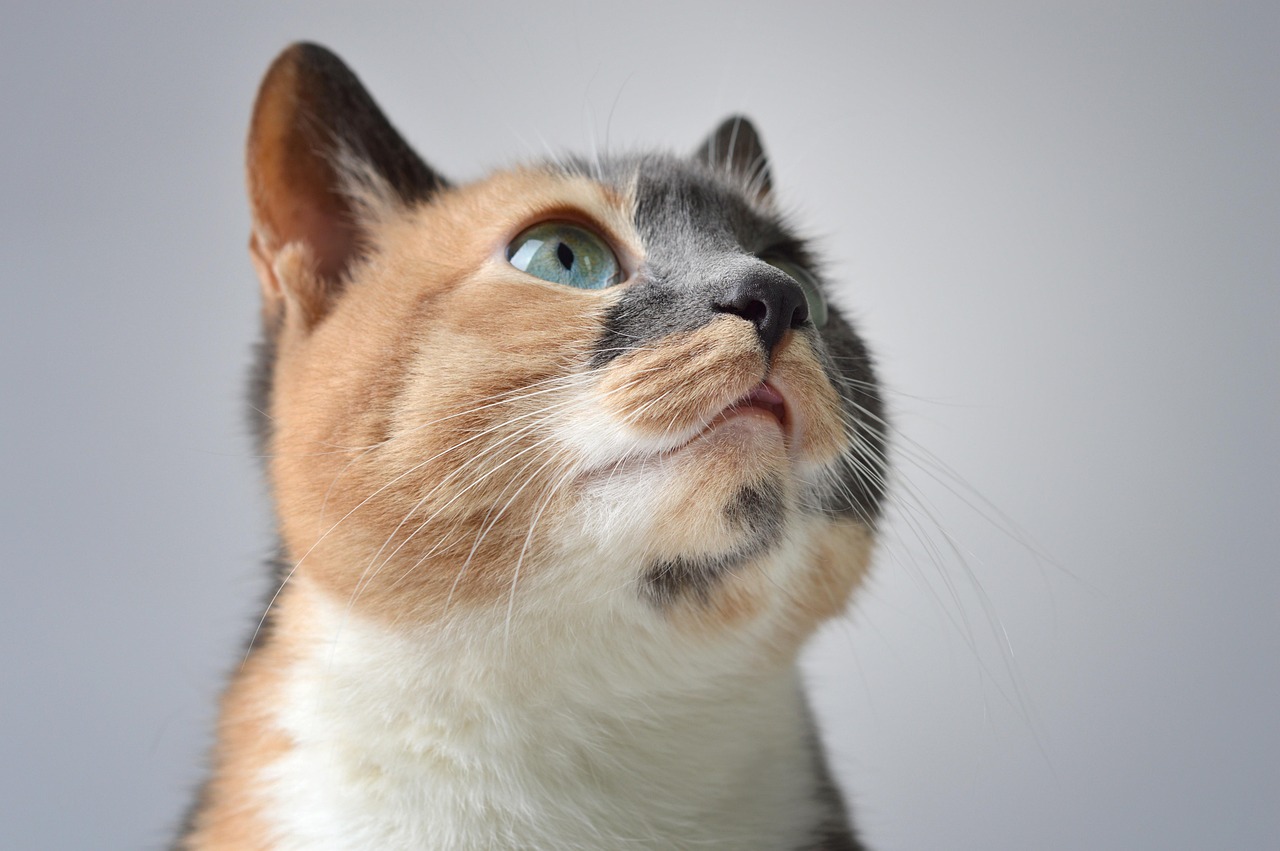
Understanding why coat colors might influence personality requires diving into feline genetics. The primary genes involved in cat color are the red and black x-linked genes, meaning males can have the black or red gene while females can have two red genes, two black genes, or one of both, with tricolor cats having both black and red genes.
Genetics plays a crucial role in determining various traits in cats, including their temperament, social behaviors, and even their predisposition to certain behavioral issues. This genetic influence extends beyond simple appearance to affect neurological development and behavioral tendencies.
Research has identified correlations between genetics and certain behavioral traits, concluding that substantial genetic variation exists within breed populations, with personality traits resulting from a combination of genetics, environment, and socialization. This complex interplay means that while coat color might influence personality, it’s just one piece of a much larger puzzle.
How Cats Choose Their Special Human
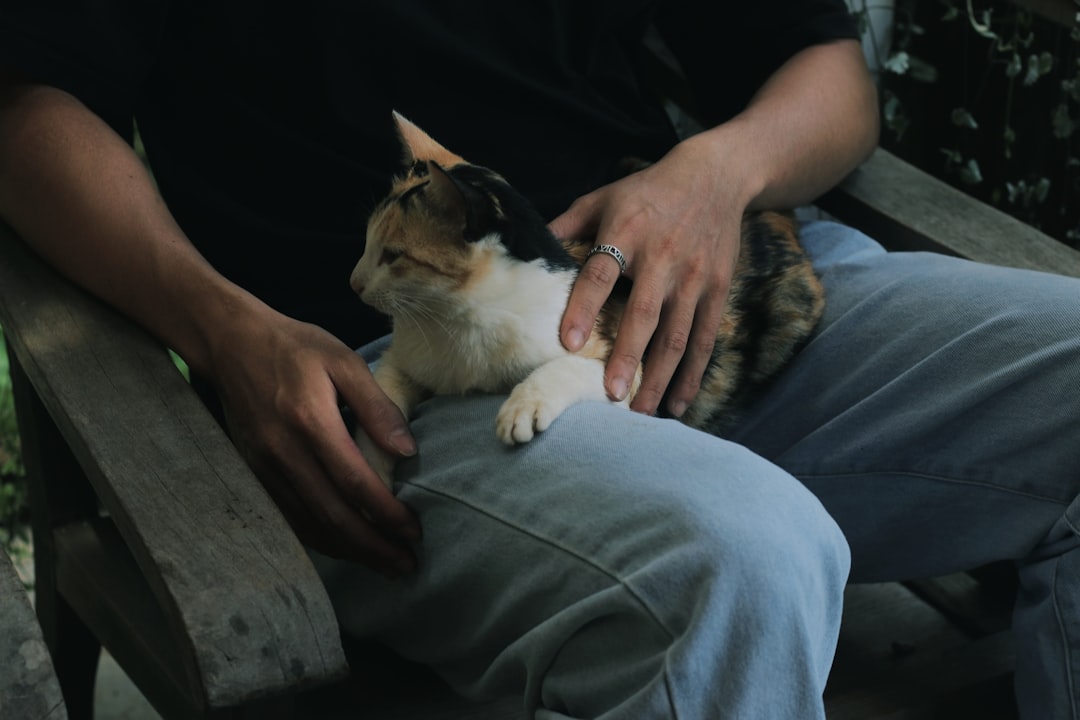
The mystery of why cats seem to “choose” certain people goes beyond coat color and personality. When one human consistently feeds, pets, plays with, snuggles, and pays attention to a cat, the two become better attuned to each other’s body language and mood, with cats naturally gravitating towards those who understand them well and respond positively to their overtures.
Cats choosing a favorite human caregiver stems from a combination of personality, human-cat communication, routine, and environment. This selection process is far more sophisticated than simple resource provision. Cats that literally grow up around a particular person are likely to be deeply bonded to that individual, especially when adopted as kittens younger than 10 weeks old during a crucial socialization window.
People say that cats just know, that they have instincts we humans can’t even comprehend. This intuitive selection process involves reading human body language, energy levels, and consistency in caregiving. Cats appreciate specific communication styles like appropriate eye contact, where slow blinking communicates safety while staring is challenging, and acknowledging their presence lets cats know you see and appreciate them.
The Role of Early Socialization in Coat Color Perception
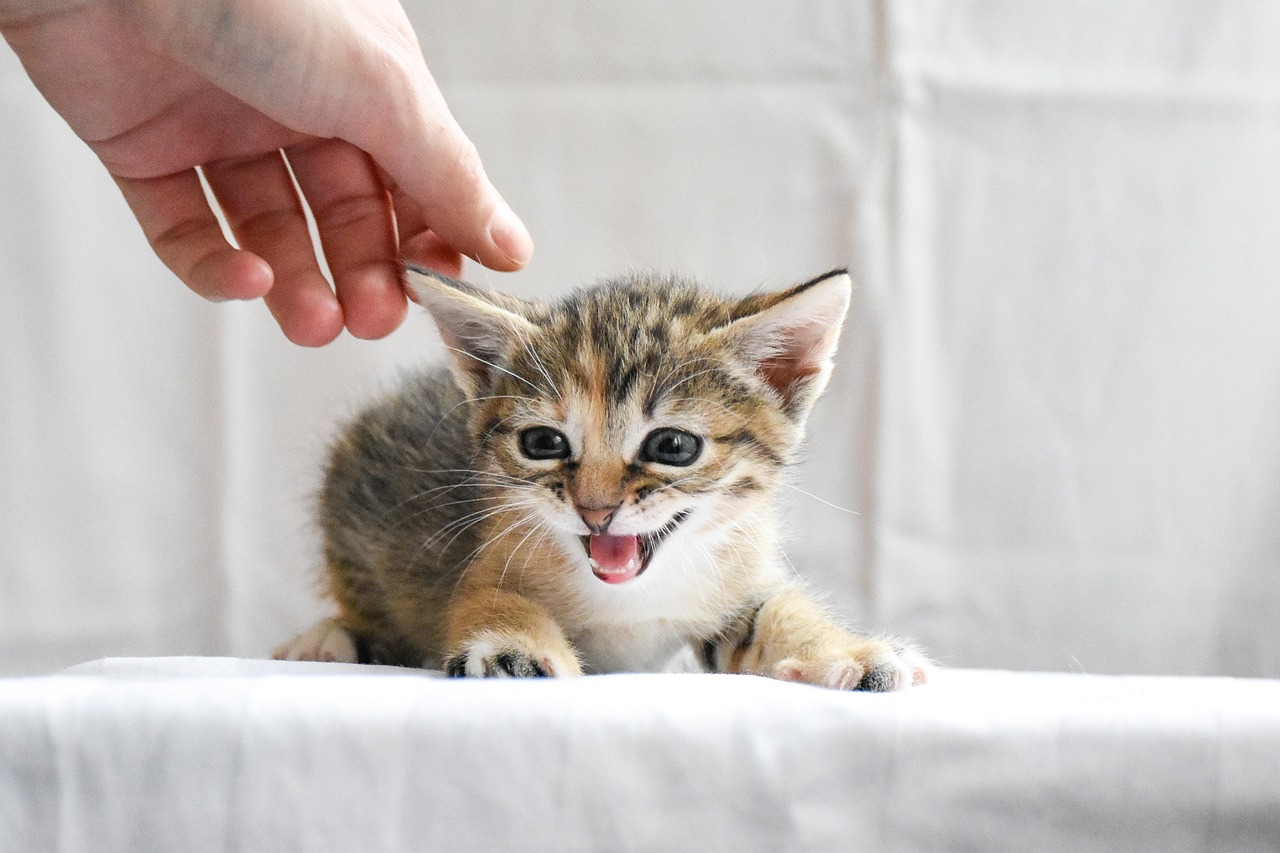
Early experiences shape both feline behavior and human perception of coat color personalities. There’s a critical window in a kitten’s early social development during the first two to seven weeks of life, where regular handling and exposure to different sounds and smells helps kittens grow into well-adjusted, human-bonded cats, while kittens without human interaction during this period become more guarded, suspicious, or fearful.
Research has identified a father effect on behavioral patterns of kittens associated with friendliness to humans, which had to be genetic since male cats don’t raise their kittens, though researchers proposed this genetic effect was actually on boldness, which increased exploratory behavior and chances of contact with humans.
Kittens with positive early life experiences, including proper socialization with humans and other cats, are more likely to form close bonds with their owners, including being handled gently and frequently, exposed to various sights, sounds, and smells, which helps them learn to trust and feel comfortable around humans. These early experiences can reinforce or counteract any genetic tendencies associated with coat color.
Beyond Color: The Individual Cat’s True Personality
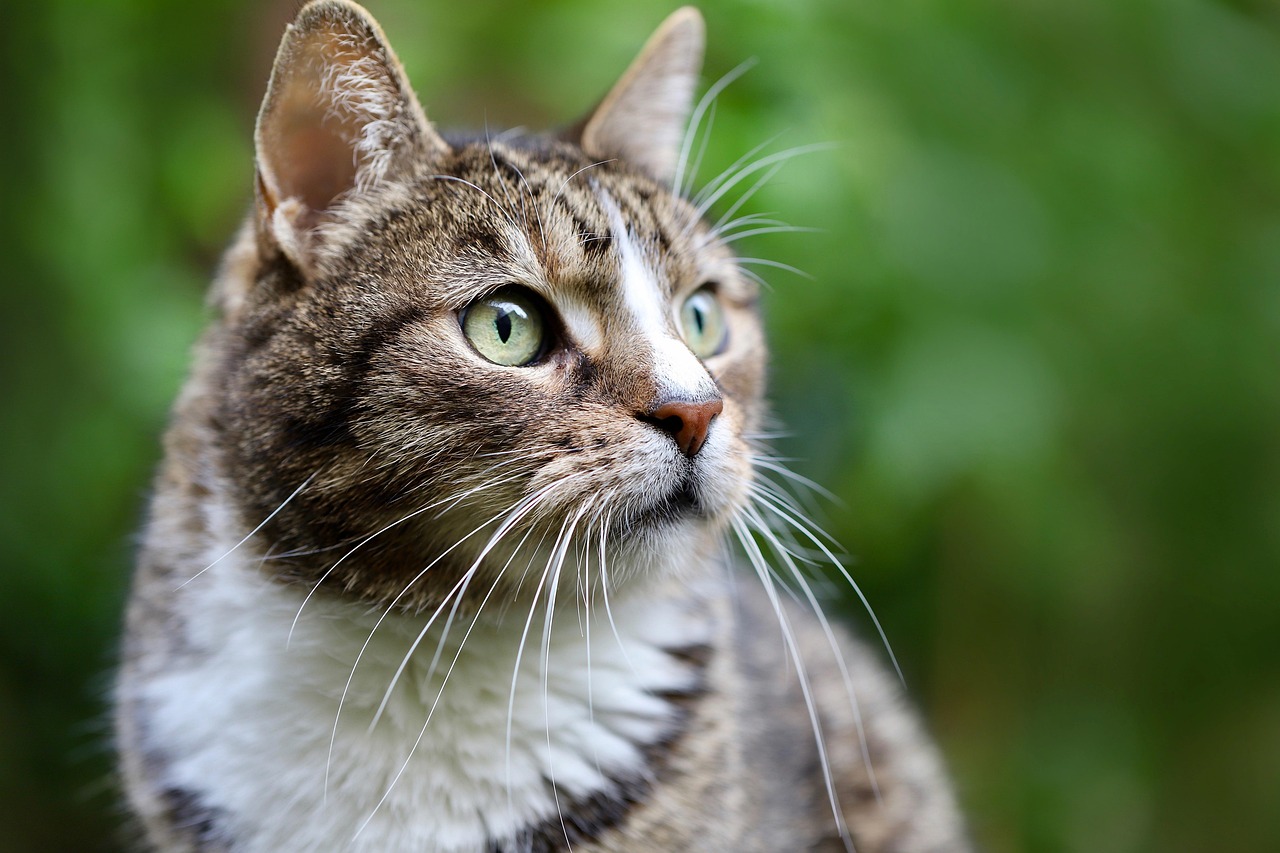
While coat color correlations are fascinating, every cat remains a unique individual with their own quirks and preferences. Each cat has a unique and special personality, and color is only one aspect that may play into making kitty who they are, with other factors such as breed and environment also coming into play, and perhaps spirit playing the biggest part in determining personality.
Despite owners believing their cats have different personalities according to their color, there was little evidence that these perceived differences between differently colored cats actually exist. The main factors that really affect your cat’s personality are genetics from their parents, with environmental factors, previous experiences, breed, and medical conditions also playing roles in their behavior.
Each cat is unique and may have their own preferences and reasons for choosing a favorite person, with cats being complex creatures that choose their favorite person based on a combination of factors such as familiarity, trust, and overall compatibility. Understanding these individual differences helps create stronger bonds between cats and their chosen humans.
Building Stronger Bonds Regardless of Coat Color
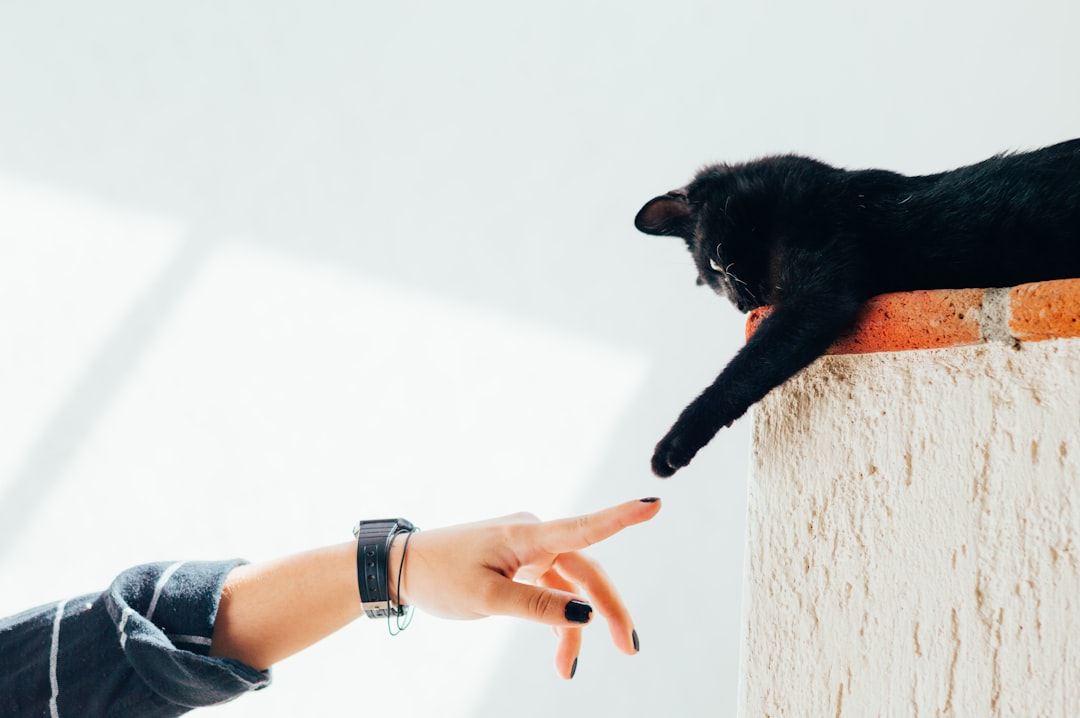
Creating a meaningful relationship with your cat transcends coat color entirely and focuses on understanding their individual needs and preferences. Creating a bond with your cat is more science-based than magic, requiring consideration of the world from your cat’s point of view and providing enriching activities that reinforce to kitty that you’re worthy of all their affection.
Cats enjoy spending high-quality time with their humans, valuing most those moments when their person is fully present and responding to that cat’s needs with love. Communication frequently favored by cats includes respecting their personal space, as cats prefer to feel in control, allowing your cat to come to you and initiate interactions rather than forcibly touching them.
The key to winning your cat’s favor is to be consistent, kind, and understanding, as over time, they will learn to see you as a source of comfort and safety. This approach works regardless of whether you’re bonding with a feisty tortoiseshell or a laid-back orange tabby.
The relationship between coat color and personality in cats reveals a captivating blend of science, perception, and individual variation. While research suggests certain patterns exist, the most important factor in feline happiness isn’t the color of their coat but the quality of care and understanding they receive from their human companions. Your cat chose you not because of some mystical color-based compatibility, but because you showed them consistency, kindness, and respect for their unique feline nature.
What’s your experience with your cat’s personality? Does their coat color match the stereotypes, or do they completely break the mold?





